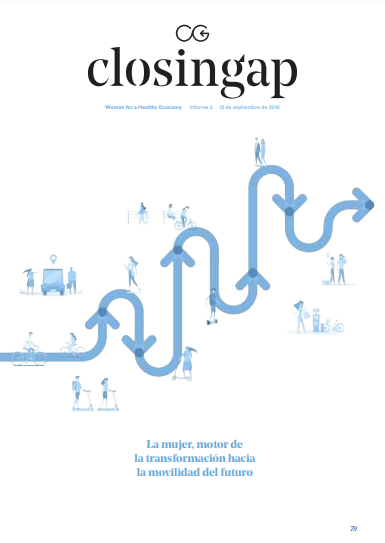

Gender gap in transport
Women are leaders in the transformation of urban mobility, since their behaviour patterns in this area are replicated by younger generations.
In line with their majority use of shared transport, women show a greater preference for public transport. And, in the case of private vehicles, they choose more ecological and less polluting options.
The analysis of the reasons for journeys indicates that women assume a greater share of household responsibilities, meaning that they have to travel more often and plan more.

Calculation of opportunity cost
The opportunity cost is in the environmental impact. Women generate 9% less carbon emissions per day than men.
Taking into account the price per tonne of CO2, the economic value of pollution produced by men is €31,350 more per day than women. In terms of the socioeconomic impact of pollution, if society used transport as women do, the state could save over €93 million per year.

The report shows, for the first time, how transport in Spain is changing to become more shared, independent, electric and connected. The conclusions highlight how young people are replicating the way women use transport and also suggest a paradigm shift among the younger generations.
Es necesario activar las cookies para ver este contenido